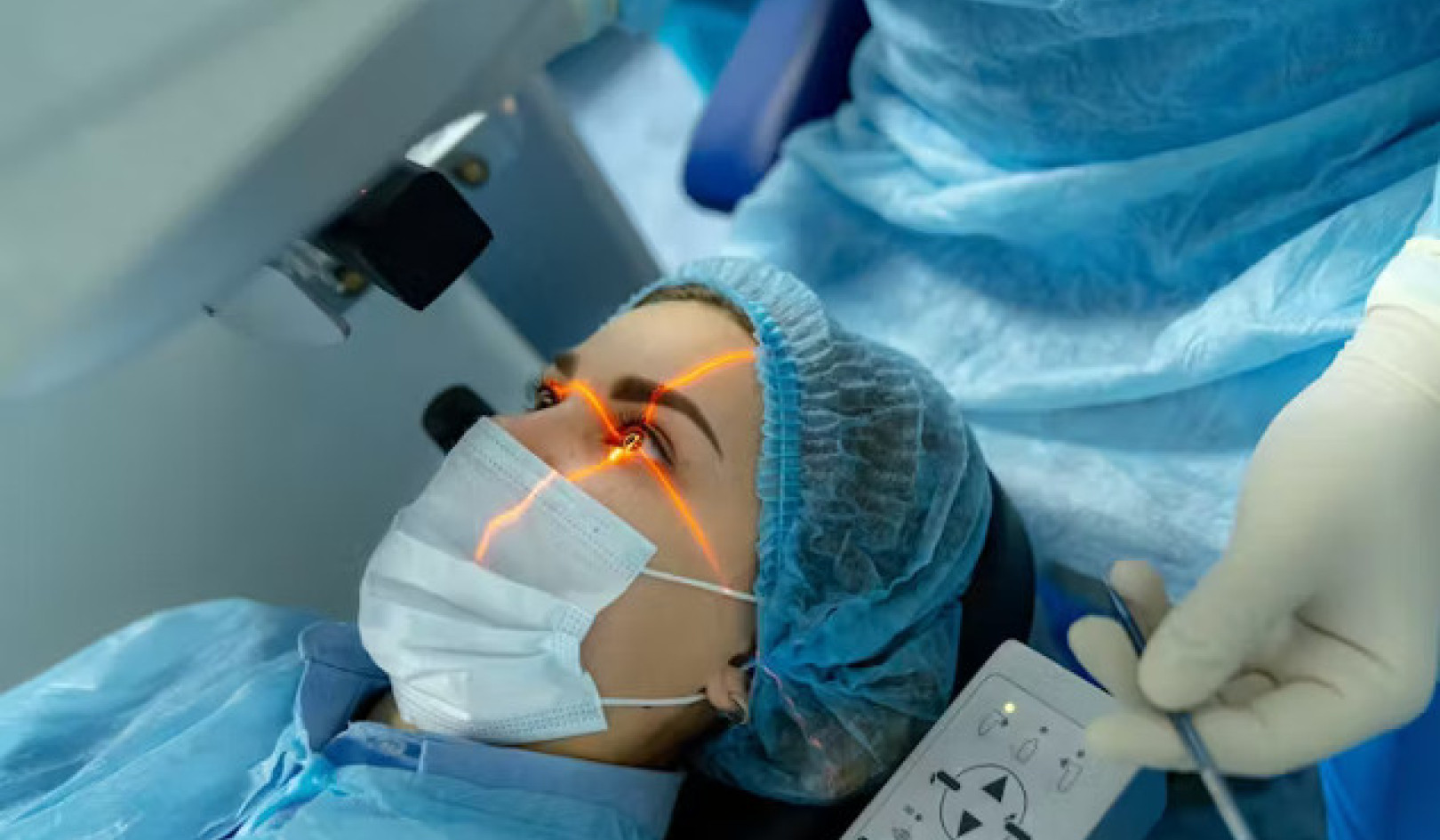
 stimates of how many people in the United States have autism vary widely. The number of children affected is increasing at such a rapid rate, however, that many professionals now acknowledge that we are in the midst of an epidemic of autism.
stimates of how many people in the United States have autism vary widely. The number of children affected is increasing at such a rapid rate, however, that many professionals now acknowledge that we are in the midst of an epidemic of autism.
In 1999, the Centers for Disease Control and Prevention (CDC) placed the prevalence at one in 500 in the general population, and one in 150 in some places in the country (notably Brick Township, New Jersey, home to a toxic landfill). Only five years later, the CDC cited the rate of autism spectrum disorders (ASDs) as one in 166.
In 2007, that number was one in 150. Now it is one in eighty-eight children in fourteen areas monitored across the country. Research published in the Journal of the American Medical Association (JAMA) estimates the prevalence of ASD at six per 1,000 children, which translates as approximately 425,000 children below the age of eighteen, with 114,000 of those being below the age of five.
While the exact numbers may differ, no one argues that there has been an enormous increase in the incidence of autism. The CDC notes that the ten communities monitored in its 2002 and 2006 study years showed an increase in ASD ranging from 27 percent to 95 percent, with an average increase of 57 percent." Other locations cite a rise of as much as 1,000 percent in the last twenty years.
One of the places where the 1,000-percent increase has been documented is California. That percentage may register as higher than in other geographic locations simply because the state keeps excellent records. California has what may be the world's best database on autism and other developmental disorders.
What Is Causing the Increase in the Number of Autistic Children?
The cause for the rise in autism is the subject of great debate and controversy. Some say it is an issue of awareness, but many long-time teachers, who have seen the sharp increase of autistic behaviors in their classrooms, independent of diagnosis, would contest this view.
Many people — both autism experts and parents of autistic children — blame the increase on the rise in the number and nature of vaccines given to children. This topic is explored at length in chapter 3. Suffice it to say here that the number of vaccines that children receive in the first two years of life, based on the U.S. Government's recommended immunization schedule followed by pediatricians, has gone up from eight in 1980 to twenty-two in the year 2001 to twenty-seven in the year 2011. In addition, the rise in autism has occurred in all countries that follow the World Health Organization's vaccination guidelines?'
Other autism statistics of interest are:
-
Four out of five people with autism are male.
-
One in ten of those with autism show unusual abilities in art, music, calculation, or memory.
-
The risk of developing autism is twenty-five times greater for those with an autistic sibling than for those without an autistic sibling.
-
The risk of developing autism is 375 times greater for those who have an identical twin with autism.
-
One doctor's clinical analysis revealed that in 60 percent of his autistic patients, their birth involved the use of the Pitocin (a drug to speed the contractions during labor); only 20 percent of all births involve Pitocin.
Types of Autism: Diagnostic Labels
 In addition to the diagnosis of autism, other diagnostic labels are currently applied to children with autistic symptoms and characteristics. There are many labels used; following are a few of the more common.
In addition to the diagnosis of autism, other diagnostic labels are currently applied to children with autistic symptoms and characteristics. There are many labels used; following are a few of the more common.
A holistic approach does not use such diagnoses to determine the appropriate treatment course, focusing instead on the particular manifestations and underlying imbalances in the individual patient. Further, the diagnoses are not distinct and, in many cases, one could be used as well as another. Many autistic children receive these labels, however, so it's helpful to know to what they refer.
Pervasive developmental disorder (PDD): This is a general term for autism and other developmental disorders that involve severe impairment in the three areas cited as diagnostic criteria for autism; that is, impairment in social interaction, communication impairment, and repetitive or stereotyped behaviors, interests, or activities.
Autistic spectrum disorder (ASD): This term encompasses the varieties of autism and reflects the relatively new view of the disorder; that is, that it manifests in varying degrees of severity along a continuum from mild to severe and in varying forms depending on which neurological functions are most affected.
Asperger's syndrome: In what is considered a milder form of autism than classic autism, language development is not as affected and the child may even be precociously verbal.
Atypical autism: This refers to a departure from the manifestations of classic autism in the three areas of impairment: impairment in social interaction, impairment in communication, and repetitive and stereotyped behavior, interests, and activities. Children with atypical autism exhibit effects in only two of the three areas.
Names are also used to distinguish the nature of onset. A diagnosis of classic autism, known as Kanner's autism, early infantile autism, childhood autism, or autistic disorder, generally involves the onset of abnormalities within the first two years of the child's life. Some practitioners make the distinction between classic autism and what they term regressive autism, meaning there was a period of normal development before the onset of abnormalities.
Many parents report that their child did not exhibit symptoms of autism until around fifteen to eighteen months. Most children are not diagnosed until they are at least three, however, because developmental delays are more obvious by that time. Diagnosis of autism is confusing, and made more confusing by the fact that the spectrum or continuum type of labels are in the process of being defined.
©2012 by Stephanie Marohn. All Rights Reserved.
Reprinted with permission of Hampton Roads Publishing Co.
Dist. by Red Wheel Weiser. www.redwheelweiser.com
 Article Source:
Article Source:
The Natural Medicine Guide to Autism
by Stephanie Marohn.
Click here for more info and/or to order this book.
About the Author
 Stephanie Marohn is a medical journalist and non-fiction writer and the author of the Healthy Mind series for Hampton Roads. In 1997, a miniature horse named Pegasus started her on the path to creating the Animal Messenger Sanctuary, a safe haven for farm animals in Sonoma County, CA. Visit her website at www.stephaniemarohn.com (Photo: Dorothy Walters)
Stephanie Marohn is a medical journalist and non-fiction writer and the author of the Healthy Mind series for Hampton Roads. In 1997, a miniature horse named Pegasus started her on the path to creating the Animal Messenger Sanctuary, a safe haven for farm animals in Sonoma County, CA. Visit her website at www.stephaniemarohn.com (Photo: Dorothy Walters)




























